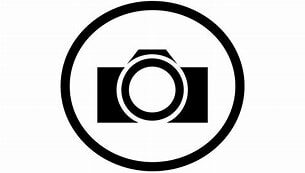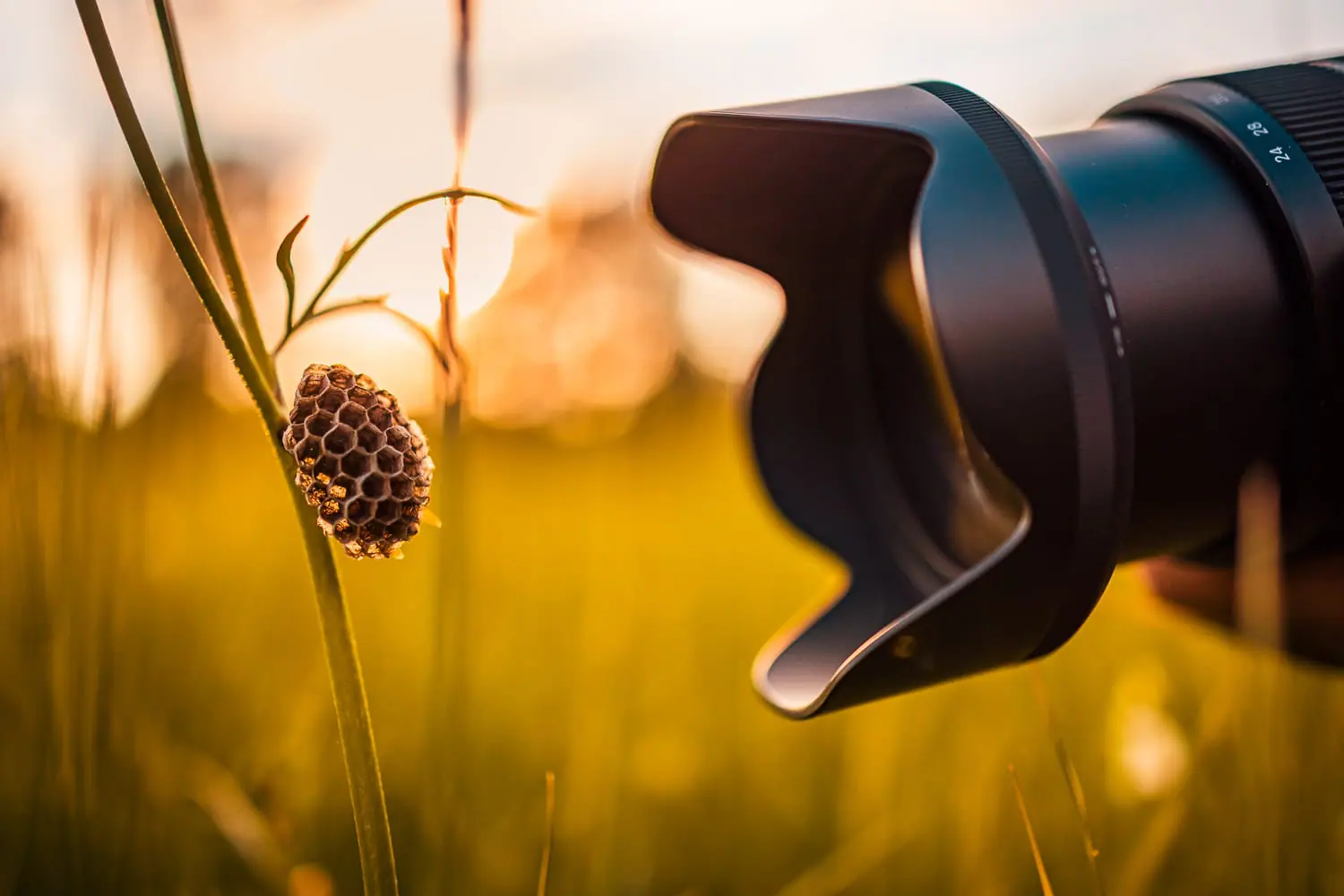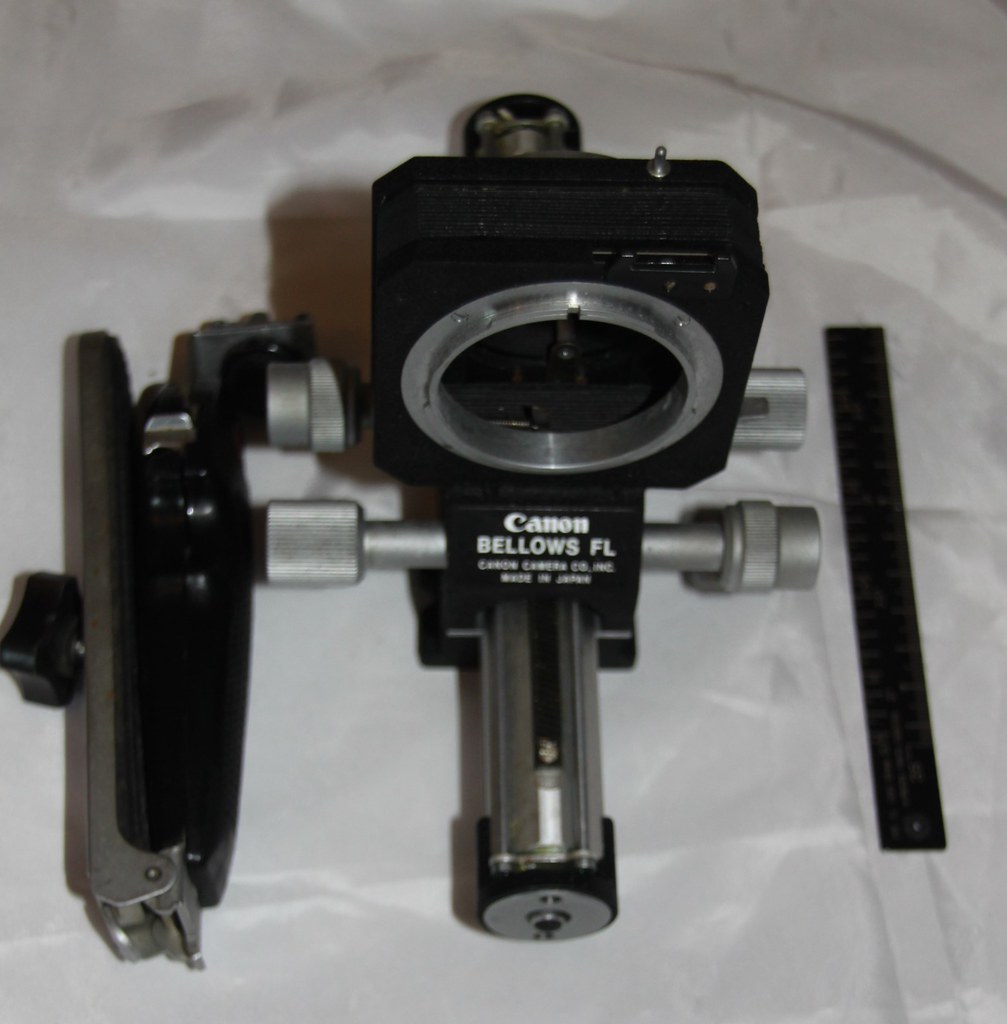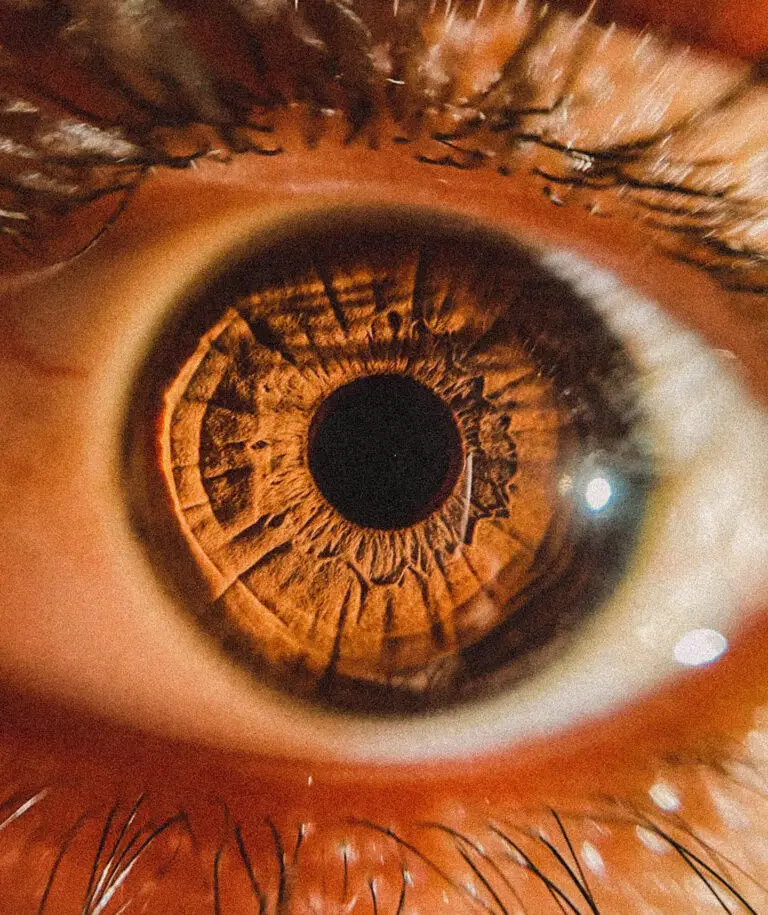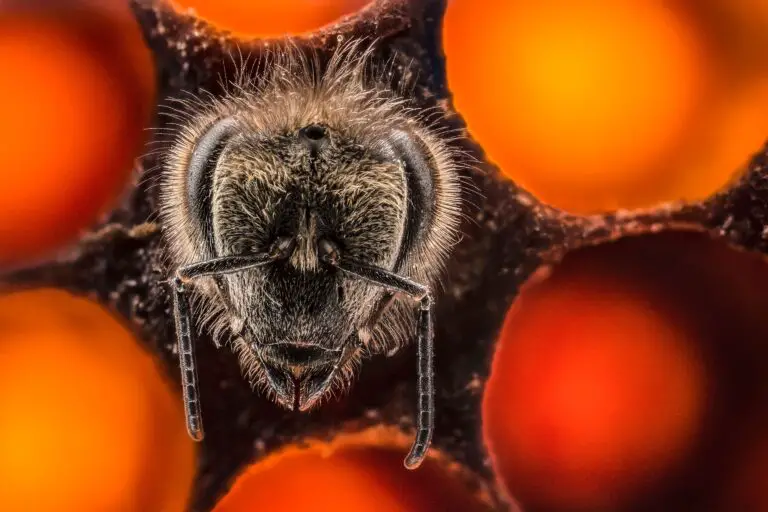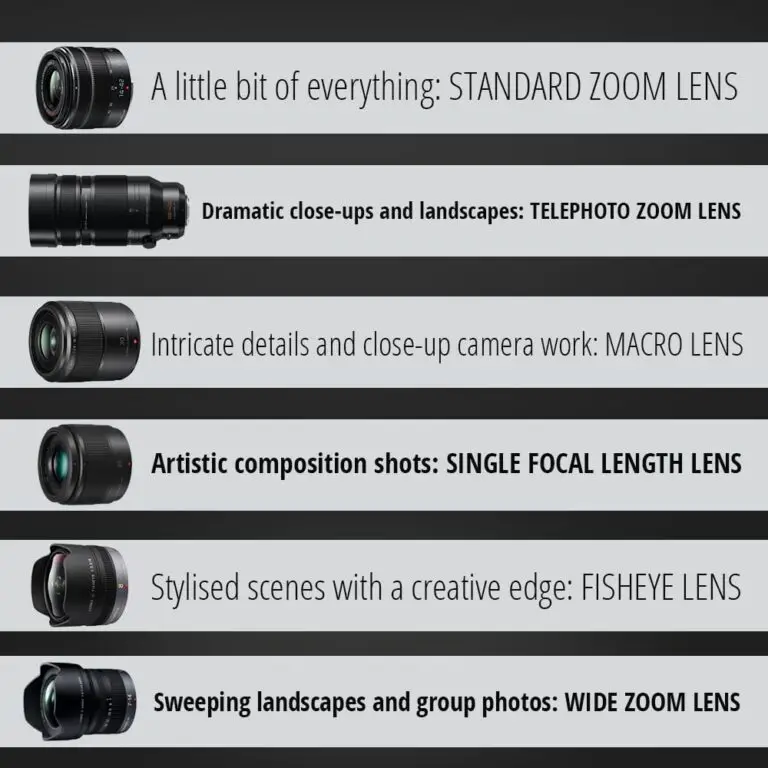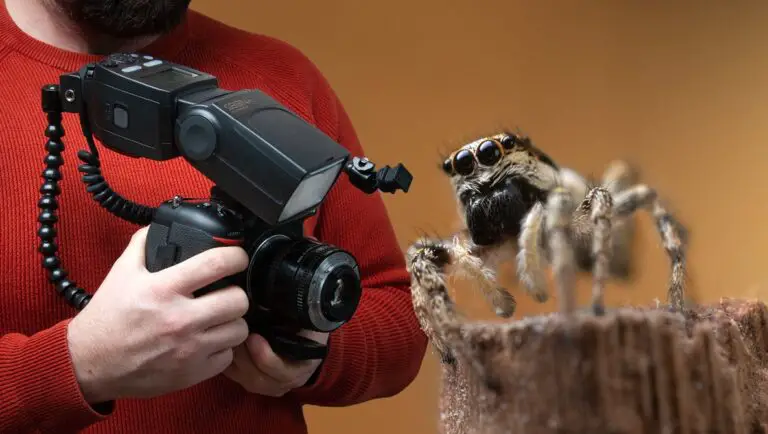The Best Cameras and Lenses for Macro Photography: Capturing Tiny Details
Amidst the panoramic vistas and sweeping landscapes cherished by photographers, there lies an enchanting world of minuscule marvels that beg to be captured in stunning detail. Macro photography, the art of taking extreme close-up images that reveal oft-overlooked features, is a powerful tool for discovery and expression. For photography enthusiasts and amateurs, this genre represents an opportunity to explore a new frontier. But to truly unlock the potential of macro photography, having the right camera and lenses is crucial.
In this comprehensive guide, we will dissect the intricate requirements of macro photography and identify the best equipment that can help you in your pursuit of capturing the delicate, tiny world that surrounds us.
Choosing the Right Camera for Macro Photography
When it comes to macro photography, selecting the right camera can significantly impact the quality and ease of capturing close-up subjects. There are several factors to consider when making this choice, such as sensor size, resolution, and autofocus capabilities.
Full-frame vs. Crop Sensor
Full-frame sensors offer superior image quality and a wider field of view, which can be beneficial for macro photography by providing more context around your subject. Conversely, crop sensor cameras have the advantage of extending the effective focal length of lenses, which narrows the field of view and magnifies the subject, making them a strong contender for close-up work.
Resolution and Sensor Size
Higher resolution sensors capture more detail and afford greater flexibility in post-processing. More pixels can also mean larger file sizes, which allow for more extensive cropping without losing quality—an excellent feature when you want to isolate and enlarge a specific part of your frame.
Autofocus Capabilities
Macro photography often involves focusing on subjects mere millimeters away from the lens. Cameras with robust autofocus systems, including advanced macro modes and technologies like focus peaking, can make the process of achieving sharp images significantly easier.
Selecting the Ideal Macro Lens
The lens you choose for macro photography is the key to unlocking a world of small wonders. There are specific features to look for when picking the perfect macro lens for your camera.
Prime vs. Zoom Lenses
Prime lenses, with a fixed focal length, are renowned for superior image quality and are often the top choice for macro work thanks to their sharpness and lack of distortion. In comparison, zoom lenses provide versatility, allowing you to adjust the focal length without changing lenses, but may not reach the 1:1 magnification typically desired for macro photography.
Focal Length and Magnification Ratios
For true macro photography, a focal length of around 90-105mm is ideal. These lenses provide a comfortable working distance, allowing you to light your subjects easily without casting shadows. They also offer a magnification ratio of 1:1, meaning that the subject’s size in reality is accurately portrayed on the camera sensor without any magnification or reduction.
Image Stabilization
When you’re shooting at such close distances, even the slightest movement can result in a blurry image. A macro lens with built-in image stabilization or the camera itself featuring this technology can be a lifesaver, providing sharper images by compensating for hand shake and vibrations, especially when shooting handheld.
Accessories for Macro Photography
In addition to the primary camera and macro lens, there are several accessories that can enhance the macro photography experience.
Tripods for Stability
A sturdy tripod is invaluable in macro photography due to the often lengthy exposures, and the necessity of keeping the camera absolutely still. Look for a tripod that is not only robust but also allows for fine adjustments, crucial for precise framing and focus.
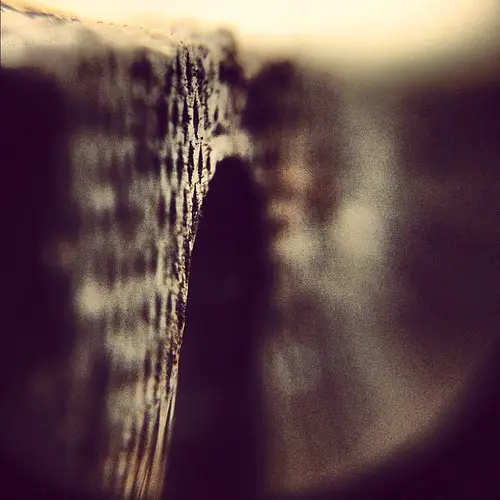
Lighting
Effective lighting is key in macro photography to illuminate the close-up subjects adequately, especially when working with shaded or interior elements. Ring lights or dedicated macro flash units provide soft, even lighting that minimizes harsh shadows and reflections, which can be particularly problematic when shooting at such close ranges.
Extension Tubes
Extension tubes are spacers that fit between the camera and the lens, effectively moving the lens further away from the camera’s sensor. This causes the lens to focus much closer than it typically would, effectively turning any lens into a macro lens and increasing the magnification of your subject, often at the cost of some light and the use of autofocus.
Tips for Successful Macro Photography
Macro photography can be an exacting discipline, and these tips can help you achieve exceptional results.
Depth of Field Management
At macro distances, the depth of field can be razor-thin, which means you have to be extra cautious about what parts of your subject will be in focus. Stopping down your aperture to increase the depth of field, using a tripod, and employing focus stacking techniques can all be beneficial strategies.
Composition Techniques
Experiment with different angles and compositions to create compelling macro images. Consider the rule of thirds, leading lines, and the use of negative space to draw attention to your primary subject and evoke emotions.
Post-Processing Considerations
The right post-processing can bring out the best in your macro photographs. Adjusting the contrast, sharpening the details, and carefully managing the levels can help you to refine the image and draw attention to specific areas of interest.
Conclusion
Macro photography allows us to peer into a world that exists within our world, capturing the intimate details of life that we often miss. Equipping yourself with the best cameras, lenses, and accessories tailored for macro work is just the beginning. Combine superior equipment with a keen eye, patience, and a few post-processing skills, and you’ll be on your way to creating images that not only capture but also celebrate the beauty of these tiny subjects. With the right gear and the tenacity to explore, you can take stunning macro photographs that tell the stories of a world we rarely stop to notice.
